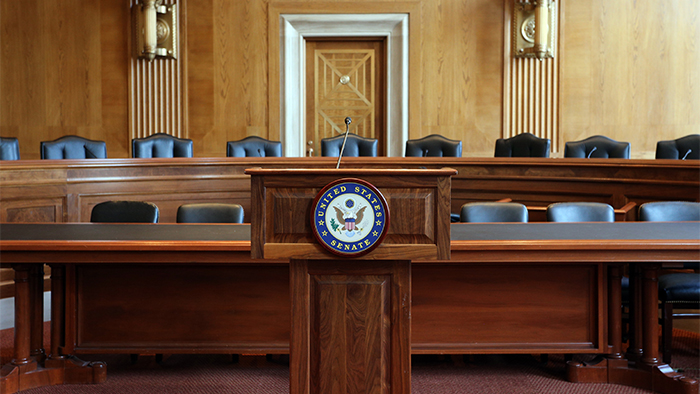What Happens In a 50-50 Senate?
- 01/06/2021
With the outcome of 2020 elections finally coming to a close, it is possible that neither party holds an outright majority in the 117th Congress. This will mark the fourth time in Senate history (1881, 1953 and 2001) that seats were evenly split between the two parties.
On January 20, Vice President Elect Kamala Harris will most likely find herself providing the 51st vote for Democrats, making them the majority party.

One of the Senate’s first orders of business is to adopt organizing resolutions that determine such things as committee ratios, budgets and office space. Resolving these housekeeping matters is normally routine, but it is more complicated when neither party holds a clear majority.
Twenty years ago, when the Senate last found itself in this situation, Republican Leader Trent Lott (R-MS) and Democratic Leader Tom Daschle (D-SD) worked out a power-sharing arrangement. Republicans retained committee chairmanships (based on Vice President Dick Cheney’s ability to break ties) and the prerogative to call hearings and schedule markups. In 2001, Republicans not only controlled the Presidency, but also controlled the House of Representatives.
Committee slots were evenly distributed between the two parties. In the event of a tie vote in committee, something that would ordinarily kill a measure, either Lott or Daschle retained the right to bring the measure to the Senate floor.
That arrangement didn’t last long. In May 2001, Senator Jim Jeffords left the GOP and joined the Democratic caucus, giving them a 51-49 majority.
But during the few short months when it was in effect, the Senate operated fairly smoothly. Congress, for example, adopted a budget resolution and a reconciliation bill that included President George W. Bush’s signature tax cuts before Jeffords switched parties.
The Senate has, however, navigated these unusual circumstances in the past and its party leaders may arrive at a tolerable modus vivendi.
*** For further information please see the Congressional Research Service (CRS) report at the following link: https://crsreports.congress.gov/product/pdf/RL/RL30881/4


